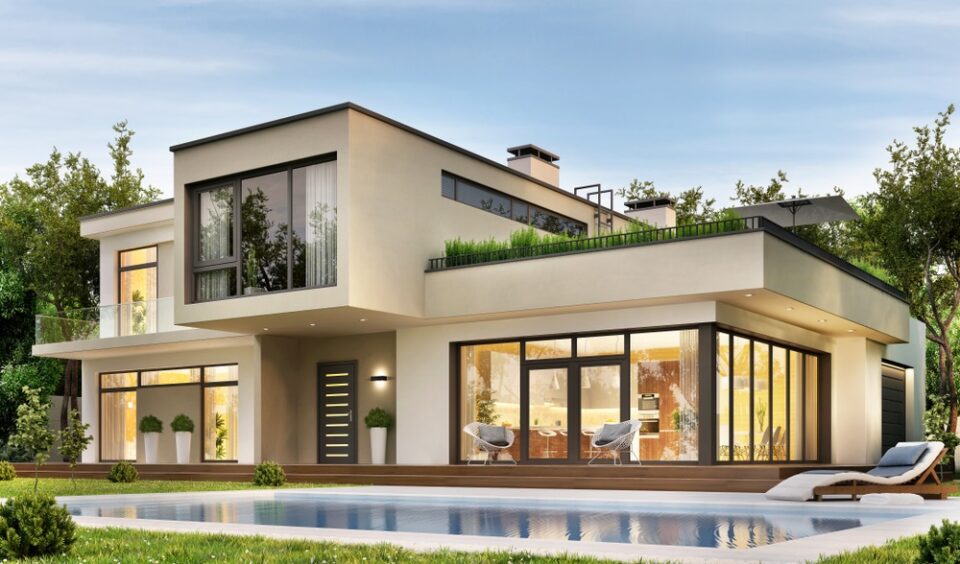Designing your dream home is an exciting endeavor that allows you to create a space that reflects your lifestyle, taste, and personal preferences. To ensure your home becomes a perfect sanctuary, it’s essential to consider various factors during the design process.
In this blog post, we will explore key considerations that will guide you in creating a dream home that meets your needs, brings you joy, and provides a haven of relaxation and comfort.
Location and surroundings
The location of your dream home plays a significant role in shaping your overall living experience. Consider factors such as proximity to work, schools, amenities, and natural surroundings.
Think about the climate and the type of environment that aligns with your lifestyle and preferences. Whether you prefer the tranquility of the countryside or the vibrancy of the city, choose a location that suits your needs and enhances your daily life.
Functional layout
Creating a functional layout is essential to ensure that your dream home meets your practical needs. Consider how you will use each space and plan a layout that maximizes functionality and flow. Optimize the use of space by ensuring rooms are proportionate and well-connected.
Think about the placement of rooms to ensure privacy and convenience. Balance open areas for socializing with private spaces for relaxation, ensuring that each area serves its purpose seamlessly.
Architectural style
The architectural style of your dream home sets the tone for its overall aesthetic and atmosphere. Whether you lean towards modern, traditional, minimalist, or something entirely unique, choose a style that resonates with your taste and preferences.
Consider the architectural details, materials, and finishes that will bring your vision to life. Ensure that the chosen style is cohesive and creates a harmonious look and feel throughout your home.
Natural light and ventilation
Incorporating ample natural light and ventilation into your design is essential for creating a bright, airy, and healthy living environment. Strategically positioned windows and skylights to maximize the entry of natural light. Consider the orientation of your home and how it interacts with the sun’s path throughout the day.
Additionally, design for cross-ventilation to ensure a steady flow of fresh air. By prioritizing natural light and ventilation, you can create a more comfortable and energy-efficient home.
Outdoor living spaces
To enhance your dream home’s appeal and connection with nature, design inviting outdoor living spaces. Whether it’s a spacious patio, a cozy deck, or a beautifully landscaped garden, these areas become extensions of your indoor living space.
Consider elements such as seating areas, dining spaces, fire pits, and outdoor kitchens to create an oasis where you can relax, entertain, and enjoy the beauty of the outdoors. Incorporate landscaping features that complement the architectural style of your home and provide privacy and tranquility.
Energy efficiency
Designing an energy-efficient home is not only beneficial for the environment but also for your long-term cost savings. Incorporate energy-efficient features into your design, such as solar panels, energy-efficient windows and doors, proper insulation, and energy-saving appliances.
Choose sustainable building materials that are durable and environmentally friendly. Consider passive design strategies, like shading devices and natural ventilation, to minimize reliance on artificial cooling and heating. By prioritizing energy efficiency, you can reduce your carbon footprint and create a more sustainable home.
Thoughtful storage solutions
Incorporate ample storage throughout your dream home to keep it organized and clutter-free. Plan for built-in closets, cabinets, and shelving that blend seamlessly with the overall design. Consider storage solutions tailored to specific areas, such as the kitchen, bedrooms, and garage.
Maximize space by utilizing under-stair storage, wall niches, and multi-functional furniture. Thoughtful storage solutions not only enhance the functionality of your home but also contribute to its aesthetic appeal.
Future needs and flexibility
When designing your dream home, consider your future needs and ensure flexibility in the design. Anticipate changes in lifestyle, such as a growing family or the desire to age in place. Design adaptable spaces that can accommodate evolving needs.
Incorporate universal design principles that enhance accessibility and ease of use for all occupants. Think about future technological advancements and consider integrating smart home features that provide convenience and energy efficiency.
Conclusion
Designing your dream home is an exciting and rewarding experience that allows you to create a space that perfectly complements your lifestyle and preferences. By carefully considering all the key factors, such as location, layout, style, lighting, energy efficiency, storage, and future needs, you can turn your vision into a reality that truly represents you.
And if you need to finance your dream home, a home equity loan in Salt Lake City can provide you with the funds you need to make your dream come true. With a loan, you can start building your dream home and enjoy the comfort and peace of mind that comes with having a home that perfectly suits your needs and preferences.

